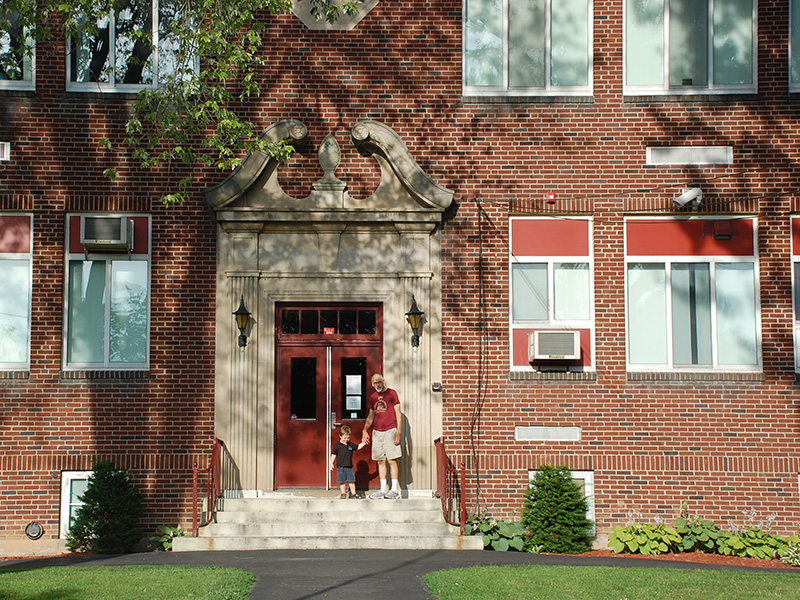
Fortunately, there are increasing numbers of resources available for teachers and schools who want to teach children about nature through gardening. What struck me, though, is how many more school wildlife gardens there appear to be in the UK compared to the US. Why?
I suspect the most effective programs would be those that are tightly tied to the curriculum. They would be used the most, would most effectively achieve their goals, and, in the case of gardens, would be least likely to be “accidentally” mowed down, as so often happens.
In other words, the gardens outside the building would be as much a part of the school’s mission as what happens inside the school building.
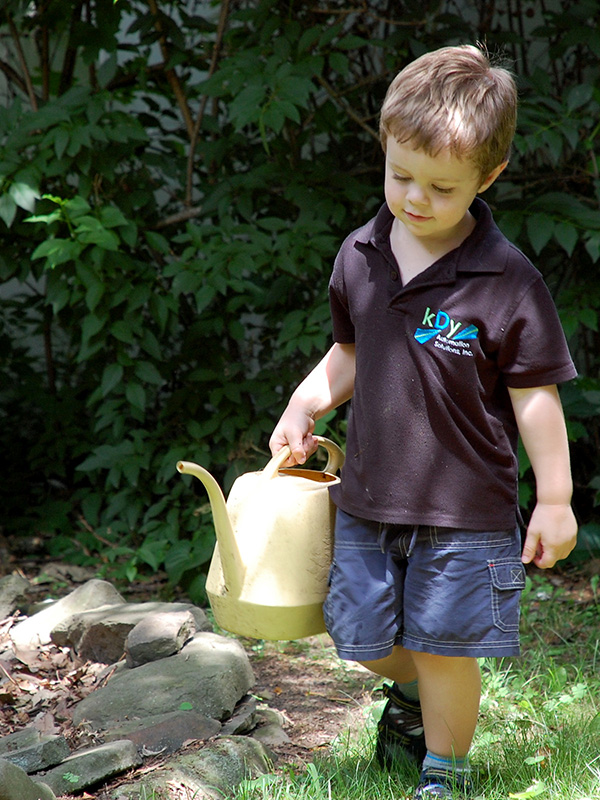
Part of the curriculum
Gardens are more than just extras niceties that are fun for children and teach a few things about nature. They provide obvious opportunities for teaching science and math. But they can be so much more than that!
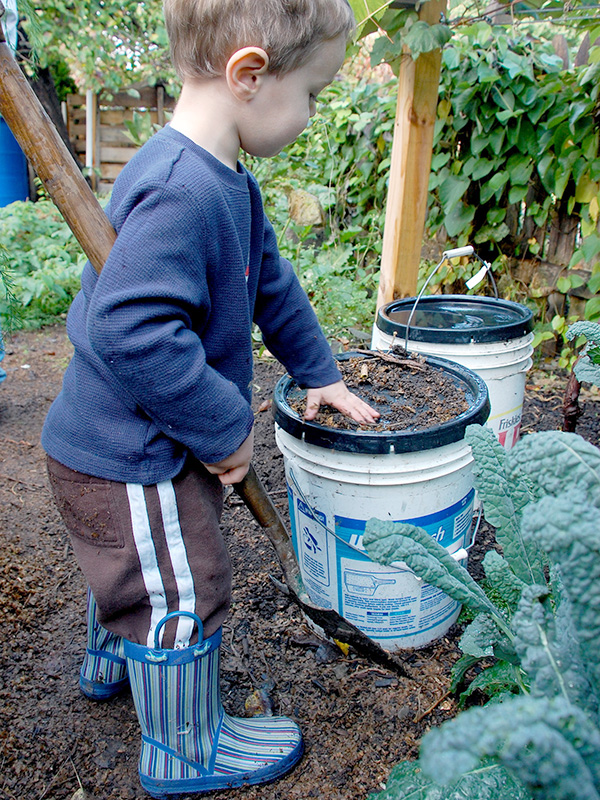
They can be beautiful venues for music recitals or for performing plays. They can incorporate cozy places to read. They can be the source of exciting story starters for language arts. They provide interesting subjects for art class. They’re obvious places for holding physical education activities — the kind of activities that can be lifelong activities, rather than organized sports.
I myself was always interested in learning about exercise for health, but all my school’s PE taught was sports, which was of no interest to me!!
Special benefits for special kids
Not every child is well-suited to book-learning and sitting in classrooms. For some children, creating or preserving natural areas or growing delicious food may be one of the few times in school where they can be and feel successful. Skills they develop in the gardens may be the most useful of their school experiences and may even lead to a lifelong career.
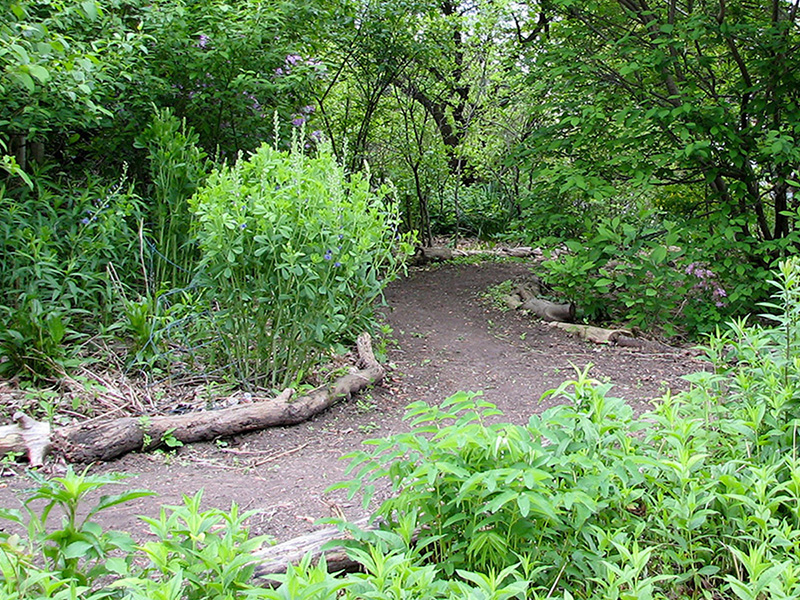
And not all children are suited for the hustle and bustle of modern school settings. Contemplative children might benefit greatly from having a quiet outside space to retreat to.
Choose resources carefully!
CAUTION: Some companies, such as pesticide companies for example, have created fancy materials for children. These may look like appealing free materials with no explicit marketing language, but they were created to promote the company’s or business association’s long-term agenda — which may be contrary to our own agenda of leaving a living planet for our children!
Habitat gardening resources for schools
I’ve listed science and community science for children here, but these are some of the resources about gardening for kids:
- Wild Ones:
- Seeds for Education program. Not only does this website provide information and links to other resources, but it also awards grants to help good projects get started.
- Pollinator Pathway:
- Pollinator Curriculum in Norwalk, CT – Include info on contacting them for the curriculum (but there may be a typo in the email address listed?)
- Cornell Lab of Ornithology:
- Explorer’s Guidebook – designed for schools, but anyone can download this free PDF
- BirdSleuth K-12’s Habitat Connections – Connects kids with local habitats to build scientific and environmental literacy. Addresses key science standards through school-based and outdoor experiences focused on birds and their habitat needs.
- The Xerces Society:
- X Kids – Free materials designed for kids 8-11
- Audubon:
- Audubon for kids – A wealth of materials for 8-12 year olds
- Audubon birding adventures for kids – (a book to purchase)
- Afforestt:
- Tiny forest – Kids made a real forest! – 10 min. video
- Biomimicry Institute:
- U.S. Fish & Wildlife Service / CT Audubon:
- Schoolyard Habitat Project Guide – a planning guide for creating schoolyard habitat and outdoor classroom projects (2nd edition, 2011) Excellent!
- Cornell Coop. Ext.:
- Collective School Garden Network:
- Linking Gardens to School Curriculum – How to integrate gardening with school curriculum beyond only math and science
- Cranfield Univ.:
- Soil-Net.com – excellent resources on soil from the UK
- Assoc. of Fish and Wildlife Agencies:
- Project WILD – one of the most widely-used wildlife-focused conservation education program for K-12 educators and their students
- U. S. Botanic Garden:
- National Wildlife Federation:
- Eco-Schools USA
- The Schoolyard Habitat
- How spending time outdoors can boost student’s academic potential
- Nature Play Spaces – Access the benefits of nature at school and at home
- Washington Native Plant Society:
- Classroom Victory Garden Project:
- The Classroom Victory Garden Project – connect with the past with facts about Victory Gardens in WWII; a good tie-in to history lessons
- California Native Plant Society:
- University of Saskatchewan:
- Kirkbymoorside Community Primary School:
- Creating a school wildlife garden: This 16-minute video shows what a school in England has done
- The Daily Beast’s Nature’s Medicine:
Gardens for pollinators and butterflies
Why focus on pollinators and/or butterflies?
Butterflies appeal to most everyone, of course, but other pollinators such as our native bees are extremely important for the health of our world and for our own food supplies.
But are bees too dangerous for kids?
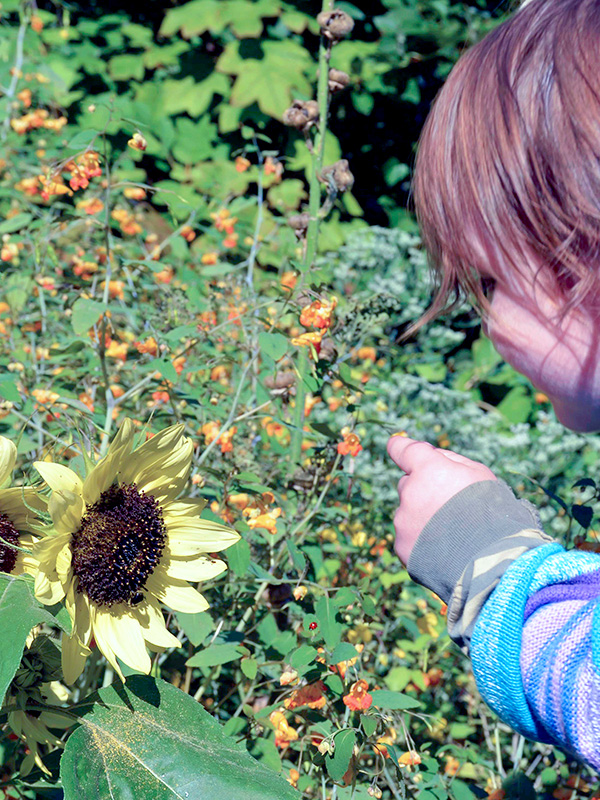
Kids (and their adults) can learn to appreciate pollinators!
Here are some resources:
- The Xerces Society:
- Pollinator Partnership:
- A variety of educational resources Especially good is the resource Nature’s Partners: Pollinators, Plants, and You – A Comprehensive pollinator curriculum for Grades 3 – 6
- Bee Smart School Garden Kit from Pollinator Partnership – designed for Grades 3 – 6
- USDA and other partners:
- Pollinator LIVE – A distance learning adventure for grades 4 to 8; a variety of materials including webcasts, gardening resources, videos, and more
Edible school gardens
Not native plants for habitat, but creating edible gardens is important to create a more resilient society. They may also encourage kids to eat a more healthful diet than the average kid is now consuming, leading to a generally unhealthy population.
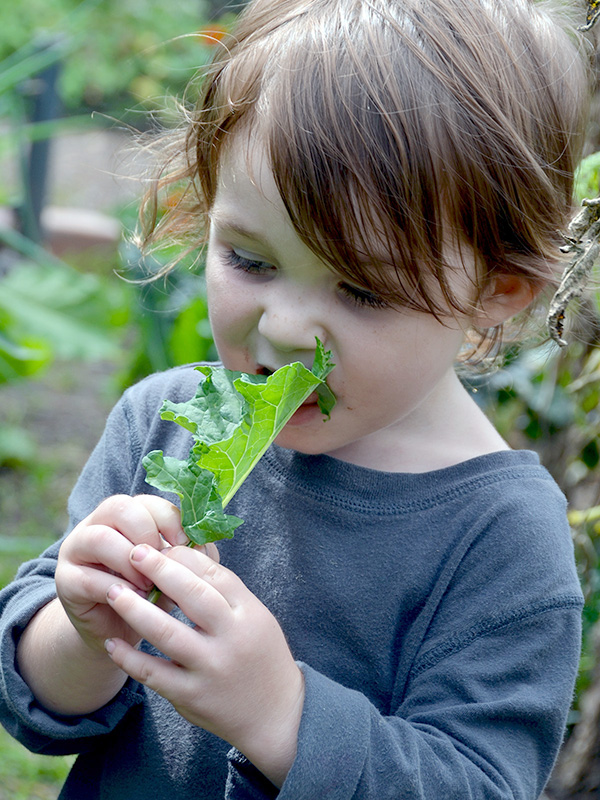
- Alice Waters:
- The Edible Schoolyard – They offer many resources such as Making Mathematics Delicious for middle school for example.
- Book:
- How to Grow a School Garden: A Complete Guide for Parents and Teachers by Arden Bucklin-Sporer and Rachel Kathleen Pringle
- Civil Eats:
Other Resources
- Our Habitat Garden:
- Baltimore Woods Nature Center:
- Nature in the city – innovative program that brings hands-on science learning to Syracuse schoolchildren
- Children and Nature:
- US Forest Service
- Ecological Landscaping Asso:
- Central New York workshops and camps:
- University of Illinois:
- Cornell Lab of Ornithology:
- Growing a Greener World:
- Growing the next generation of gardeners – excellent video showing kids gardening at home and in the neighborhood as well as in school (2020)
Reflections
Reconnecting our children with nature in their everyday lives is the first step in an environmental education. That means getting children outside into the world to experience it first-hand, rather than through TVs, computers or on YouTube. I’m not saying that there isn’t a place for technology to help us understand the world. …
But as fascinating as it is, nothing can replace the real experiences we have outdoors, peering through a telescope into the night sky. Or digging in a garden. Or exploring a swamp, a forest or a tide pool. …
We have to get our kids outside more to play and explore the wonders of nature, so that they will come to understand it better. This isn’t just up to kids or teachers. It’s up to parents. It’s up to school boards. It’s up to all of us to ensure that we’re not telling our children one thing and doing another. Anything else and we’re not just lying to them. We’re lying to ourselves.
~ David Suzuki of the Suzuki Foundation
My point is a simple one: although organized exposure to nature is far better than no exposure at all, it is unlikely to achieve the goal of enabling kids to develop a personal relationship with the natural world. …
Scheduled expeditions to parks lack the solitude, the frequency, the extemporaneous opportunity, and the unhurried exposure to natural things that can come from a lazy afternoon within the safety of their own yard — if nature is in their yard.
~ Doug Tallamy, Nature’s Best Hope, p. 76, 2020
